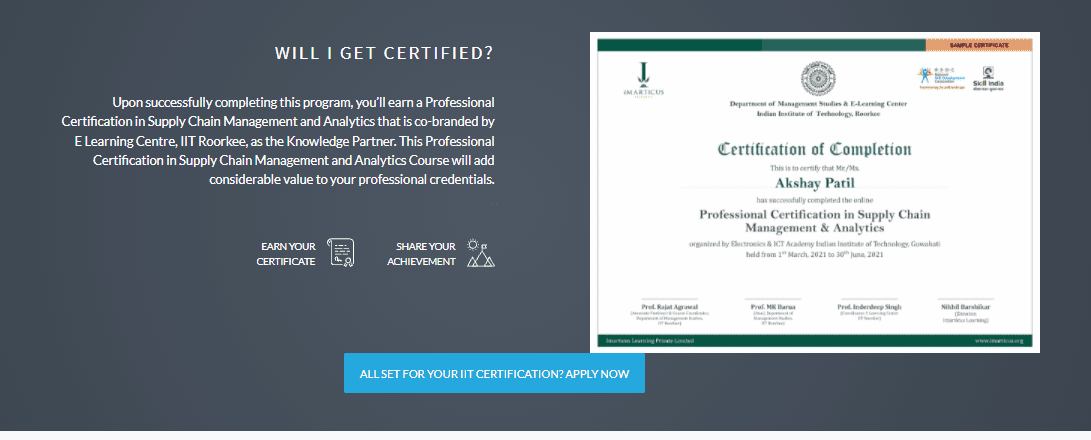When the business analysis markets are expected to hit the 20 billion mark and considering that business analytics actually makes the business five times faster, better informed and effective, it gets a little confusing when people mix up the terms “BA-Business Analytics” and “BI- Business Intelligence” and use them interchangeably when the two areas are really different.
Let us explore how we can define the two areas and what their differences really are.
A Brief Definition:
By definition BA means the technology and approach behind the data analysis where one can establish trends and gainfully cull insights into business data with the ultimate goal of boosting the planning, efficiency and productivity of a business’s future goals and performance.
It is a Why- approach to business needs. The Business Analyst depends on the use of the predictive models, specific data sets and statistical analysis to justify why a business decision needs to be taken based on predictive analysis of future performance parameters.
BI refers to the analysis of the same business data on a wider scale and with large volumes of unstructured data and focuses on the how and what- approach to business needs involving what and how you can use and mine raw data, the tools required for OLAP, querying, data management and reporting etc, to align and draw out the business performance goals and stimulators based on both prescriptive and predictive analysis.
You can learn all of these by doing a Business analyst course.
The Differences Table:
Here are some of the key differences explained below.
1. BI reports analyzed data as against BA which uses technology and tools to perform data operations.
2. BI uses current, past and historical data in comparison to BA where past data is used to gain foresight or extract insights. Both have the same goal of increasing productivity, efficiency and use data to achieve business results.
3. BI is the method or process whereas BA comprises of inputs from BI to arrive at the visualized and extracted information.
4. BI provides insights drawn from the data in use while BA is the process of working on the data and arriving at solutions for the use of Big Data in use.
5. BI appears to be a part of BA which effectively uses information management, data warehousing, business applications, security measures, and risk mitigation.
6. BI uses a combination of predictive and statistical analysis and modelling in comparison to BA which works on huge data volumes to analyze, retrieve, publish and make reports on it.
7. BI uses sets of structured data drawn from applications like the ERP or financial software applications while BA cleans and works with unstructured data while transforming the data into valuable meaningful data for BI.
8. BI normally is restricted to dashboards with a user-interface in comparison to BA which relies on a vast armoury of tools and software applications.
9. BI uses the same format and a sub-set of data for insights while BA works on the raw data to transform it into various databases to draw out trends and foresight.
10. BI roles like executives, analysts, and managers use pivot tables, reports and the dashboards while BA analysts use past BI reports and capacities to help get tasks done with the required BA information.
11. BI is about Big Data access and control over data while BA focuses on handling the data
12. BI focuses on effectively running the business process while BA brings transformational changes to make the enterprise’s processes more effective and productive.
13. BI is a subject in the field of the ever-popular BA.
14. BI uses tools like for analysis in real-time, data-reporting, Mapping Analysis, OLAP and Dash-boards in comparison to BA tools like requirement and use-case, user stories, data, SWOT analysis, predictive modelling and such.
Conclusion:
Let us now elucidate on the table to sum up our differences. No, Business Analytics and Business Intelligence are different and should never be used interchangeably. The field of BA is vast and with growing data and the need for BI is increasing and encompassing all processes and all fields.
To be a good Business Analyst one needs to learn business analytics too and it goes without saying that to be a good BA analyst BI is essential. The debate ends when the needs and end goals are met through doing a Business analyst course. So, here’s to analyzing, using and predicting insights well using both BA and BI. All the best!








 Other than being a top course endorsed by an IIT, this allows the aspirants to become better at decision making. It also permits an in-campus interaction with other students and faculty.
Other than being a top course endorsed by an IIT, this allows the aspirants to become better at decision making. It also permits an in-campus interaction with other students and faculty.

 What do you mean by cultural adaptations of the internet?
What do you mean by cultural adaptations of the internet? Additionally, society can influence online education in those different societies to have different rules about the role of technology.
Additionally, society can influence online education in those different societies to have different rules about the role of technology.